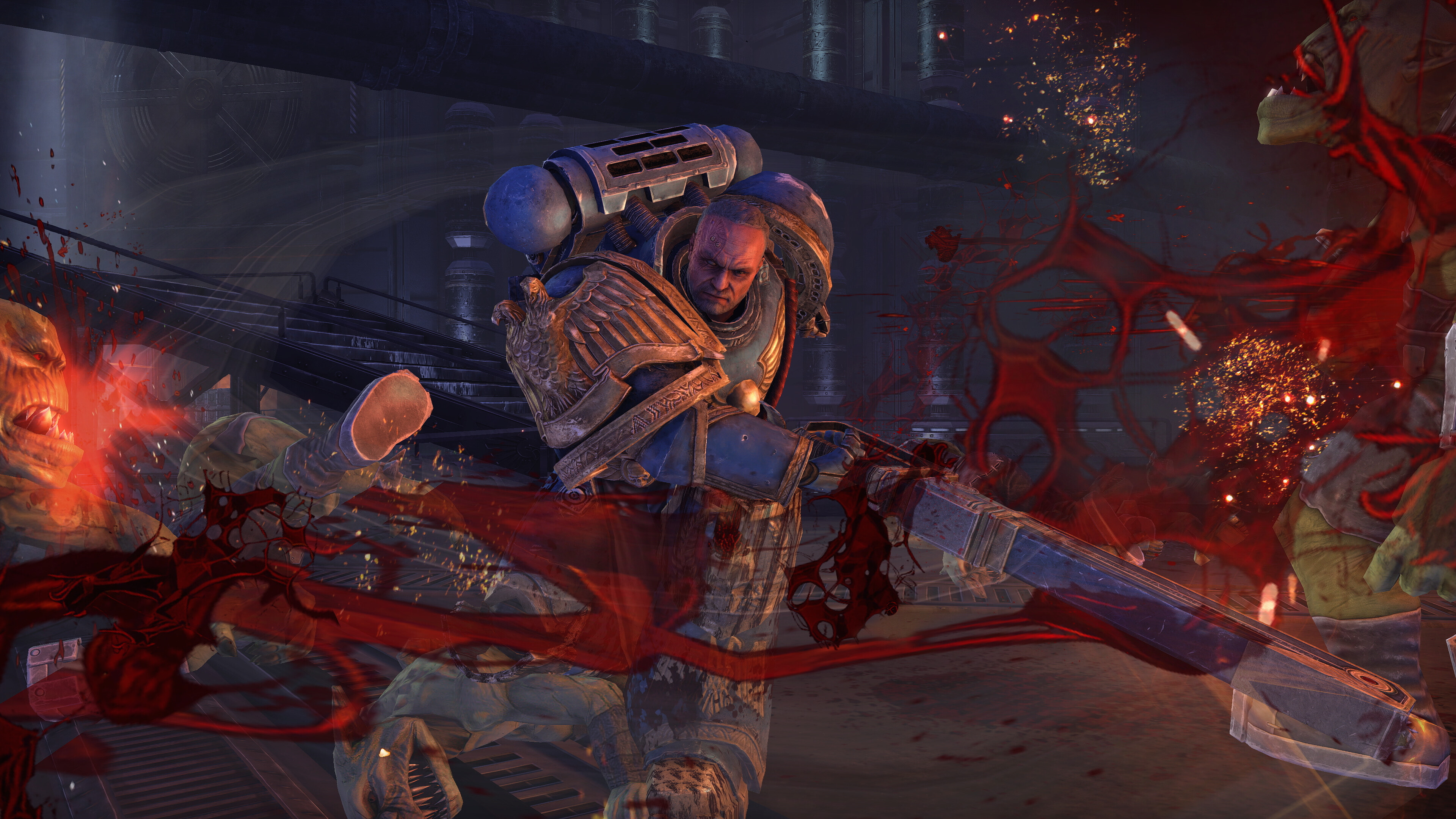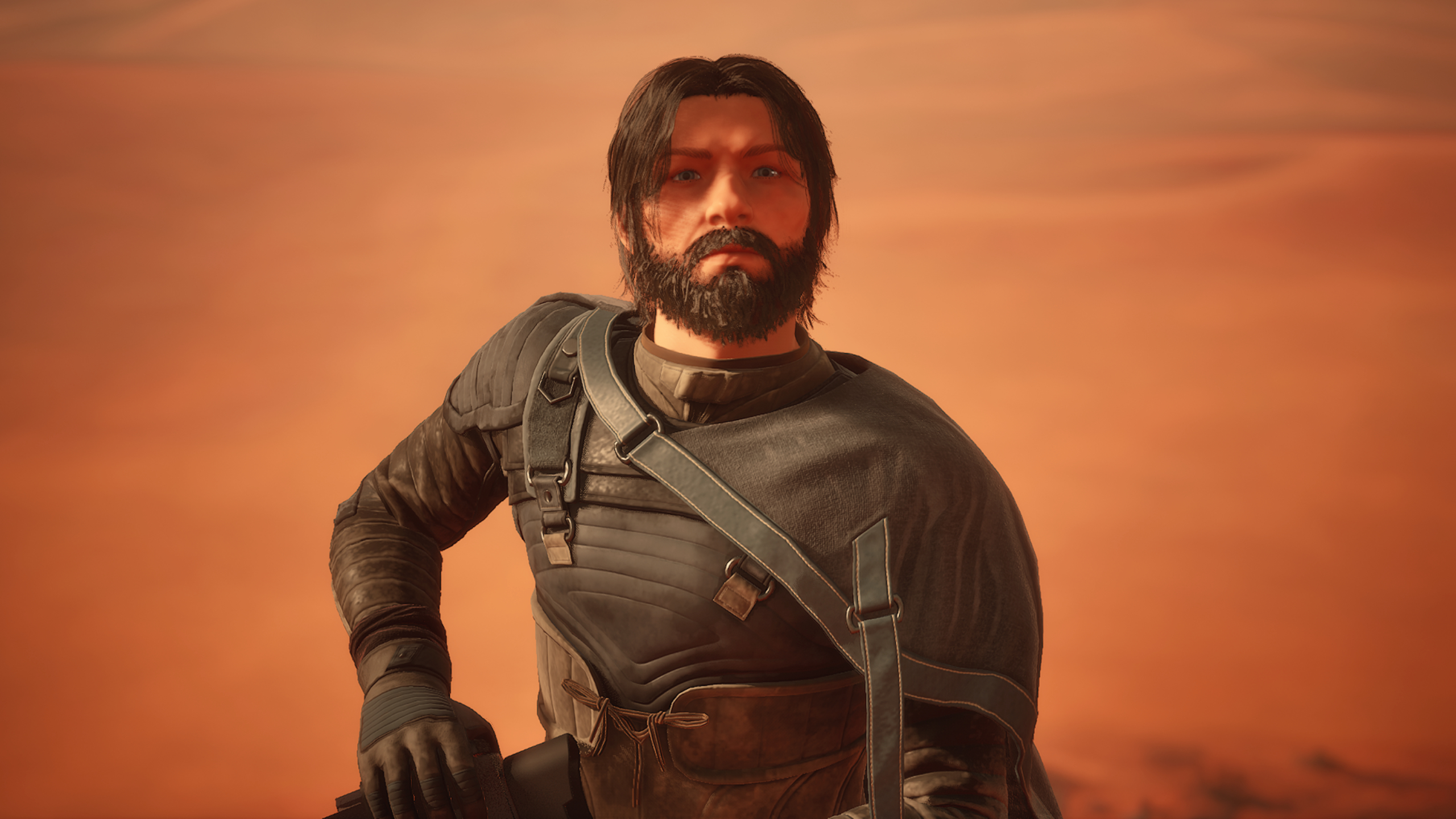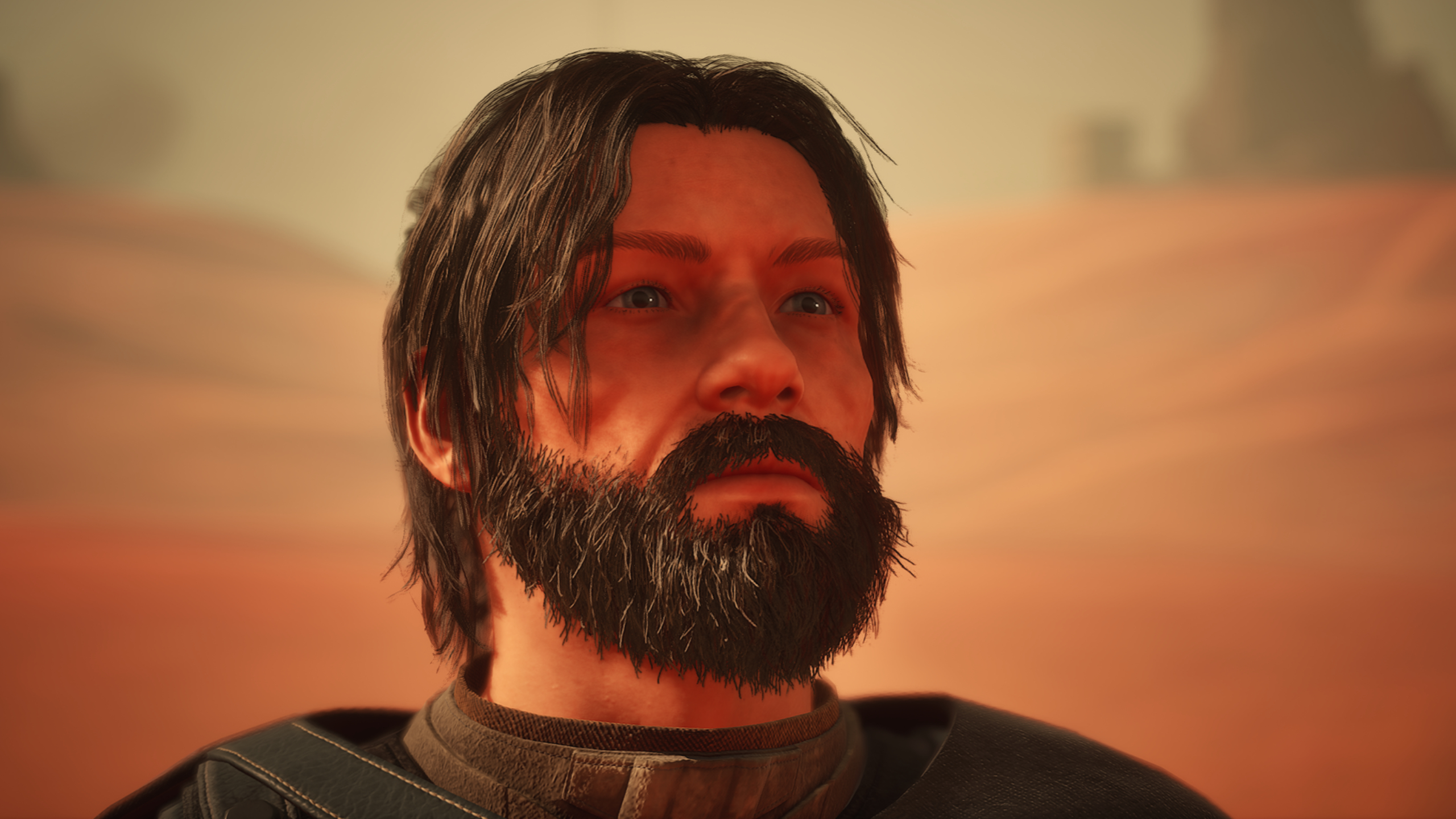
Gloomhaven was big in every sense of the word, a physically imposing cooperative dungeon crawl campaign that raised nearly thirteen million dollars on Kickstarter and changed the face of gaming. When it hit the shelves it was a critical darling, pulling in high review scores and encouraging players to work all the way through its two-hundred-odd hours of play. It spawned a much more compact prequel, Jaws of the Lion, and yet still the fan base wanted more. Now, after another thirteen million dollar Kickstarter, they’ve got it with an Arctic-themed full sequel, Frosthaven and another few hundred hours of dungeon-delving board game delight.
What’s in the Box
If Gloomhaven was big enough to exert its own gravity on the hobby as a whole, Frosthaven is even bigger. It’s so big that the simple drag factor of the 10-inch-deep lid against the box sides makes opening it a non-trivial task, like levering open the rusty hinges of a treasure chest.
When you’ve won that struggle, the first bauble you’ll encounter is a four-page manual on how to sort and organise the mountain of cardboard and plastic packed inside. Beneath that is the actual rulebook, which is so thick it needs to be softbound. This is to say nothing of the scenario and section books, the latter of which contains story text paragraphs, both of which require spiral binding.
The sheer amount of stuff here boggles the mind. There are sheets upon sheets of chits and standees to punch and organise into supplied storage trays and bags. There are decks and decks of cards which sit in slots, separated by dividers, in trays at the bottom of the box. There’s a map board with stickers to mark your exploration, character sheets, tracking dials and lots of mysteriously sealed envelopes of secrets.
Most intriguing of all is the row of symbol-marked sub-boxes within the main box. These are character boxes and they come in pairs with a matching symbol: one contains the character’s miniature and the other their decks of cards, chits and character details. You get access to six of these, of varying complexity, at the start of the game and have to earn the right to open the remainder as you progress.
Rules and How it Plays
While that spiral-bound rulebook will look daunting for newcomers, veterans of either of the previous games will find most of the core systems intact. The most critical of these is its card-based approach to combat. Each player’s character has a unique class and comes with its own deck of cards detailing the special powers, spells and combat moves it has access to. These are divided into two halves, with a different effect on each and a number in the middle. On your turn, you must pick two to play getting the upper effect from one, the lower effect from the other, and using either number as your initiative value for the turn.
This makes planning your turn an absolute tactical minefield. The upper and lower effects are arranged in such a way that it’s very hard, in most cases, to attack twice, or to chain your most powerful abilities together. In the rare instances where this is possible your initiative will almost certainly suffer.
If Gloomhaven was big enough to exert its own gravity on the hobby as a whole, Frosthaven is even bigger
Movement and melee against monsters on the tight corridors of the grid-based maps are taut and dangerous. On almost every turn you’ll be torn between fighting enemies, helping friends or advancing your scenario goals. Trying to choose the right cards for the right circumstances is a pain so keen that it becomes a pleasure. All the more so when you lose cards for each cycle through the deck, a screw slowly tightening with every wasted action and another impossible decision point to face down.
To make the cooperative aspect more interesting, players are only allowed to talk about their plans in general terms, not using specific numbers. Players also have random secret goals for each scenario, a longer-term quest which they can keep public or private as they wish. Players are also not supposed to share treasure, only keeping what they’ve looted, crafted or bought themselves. All this conspires alongside the game’s gnarly tactical engine to stop any one player from dominating the game and bossing others around. Everyone has their own objectives and will have to balance those with the needs of the group.
Trying to prevent you from achieving either is the horde of monsters queuing down every corridor and behind each door to tear you apart. There are dozens of different types, each with its own simple AI deck to govern their behavior, including an initiative value for when they act. Most of them are ruthless and armed with a wide variety of special abilities like poison and paralysis to stack misery upon the misery of them ripping you to bits in combat. To stop combat from becoming predictable, Frosthaven uses combat modifier decks instead of dice so you get a mix of possibilities without any wild swings.
Most of this is essentially the same as it was in Gloomhaven, bar a few clarifications and improvements to speed things along, plus plenty of all-new characters. And it’s also much the same between scenarios. There are still events to draw on your way to a dungeon and events to draw afterwards, although they’re now divided by season. You will still also get the chance to spend your gold on useful items and spend your experience on improving the ability and modifier decks for your character. You’ll still find yourself on an absorbing, branching narrative of scenarios with somewhat more engaging writing. It’s all still great, helping you feel part of a living world while offering an array of strategic options to play with. What’s really new is the town of Frosthaven itself.
Frosthaven, the town that is, has its own board and even its own character sheet. It serves as your base between adventures and you can use buildings there to do various things advantageous to your party. Early on, for example, you’ll get the chance to craft items and potions from resources found on your quests. As time goes on you can use those same resources to add new buildings to the town and upgrade the ones you have, increasing your options and capabilities. You’ll also be responsible for its defenses, which are called into play as part of frequent attack events which risk your hard-earned constructions being damaged or destroyed.
What’s really new is the town of Frosthaven itself.
It’s a fantastic addition. Not only does it give you more strategic options to play with and more motivation to dig through dungeons looking for loot but, because you created it, you become invested in it over time. In both Gloomhaven and Frosthaven, the characters you play will retire over time to be replaced by new ones. And while that adds variety and excitement to proceedings, it interferes with the bond between player and character that you want to foster in a role-playing-style board game. The town becomes a surrogate for that sense of attachment. It becomes your baby, something you want to work to improve and staunchly defend against harm.
Of course, the town, like everything else in this massive game, requires a host of components to maintain. Playing the game entirely analogue, as written, with its overflowing inventory of chits, cards and characters is a colossal amount of overhead. Fortunately, there are various digital assistants you can employ instead which makes things easier. But no app can take the donkey work out of searching the box for the tiles you need to construct the map, or the monster standees to put on it. Nor can it help you remember what on earth is going on if you walk away for a fortnight and forget. Playing Frosthaven is a commitment in every sense, but if you’re able to put in the regular hours it will reward you handsomely.






